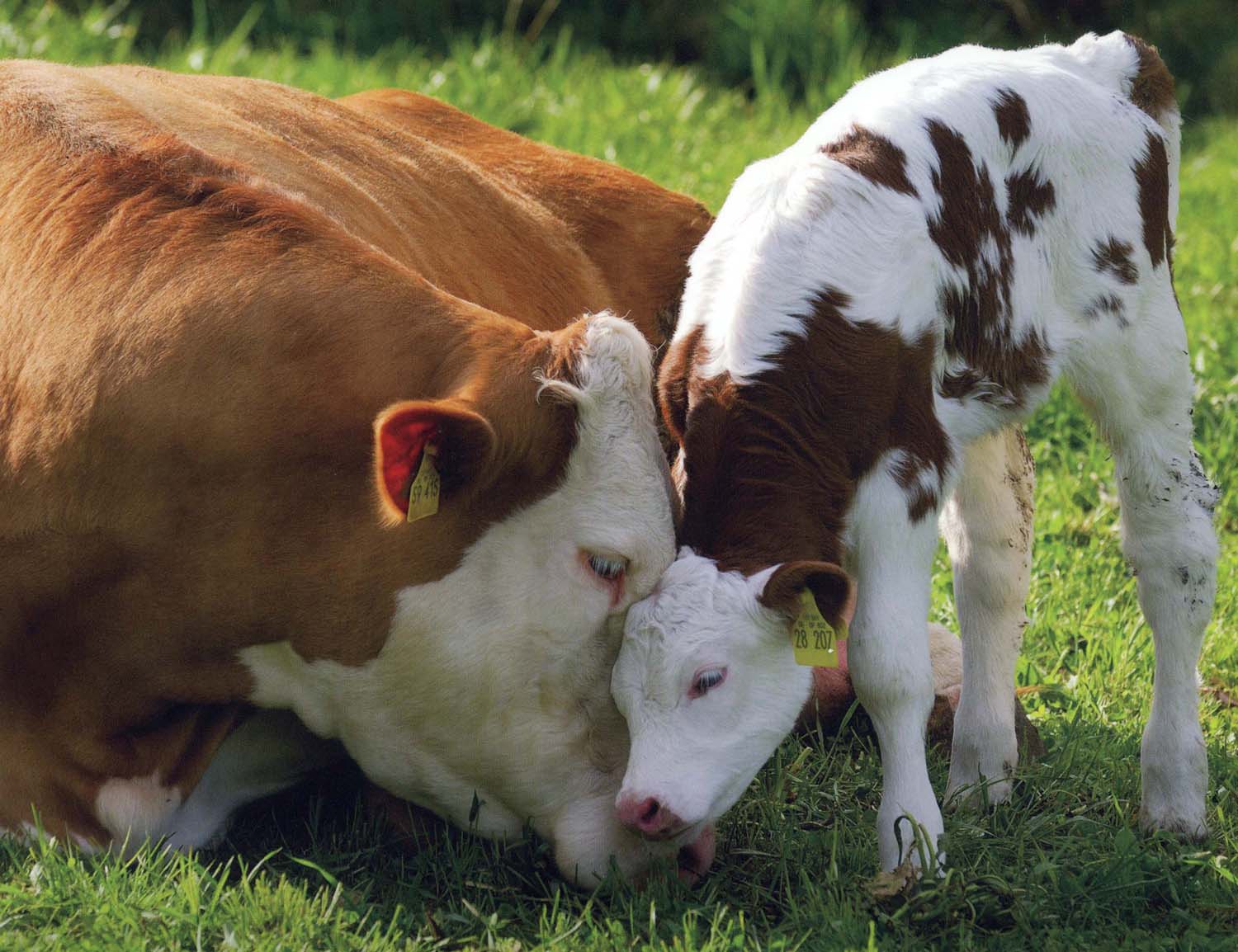


This provides maximum heterosis effect in crossbreeding.Ĭrossbreeding with a Highland bull on commercial cows virtually eliminate calving problems and increases calf survival with strong and healthy calves. As Highlands have virtually untampered genetics since the 12th century, they are quite different from most other cattle. Crossing them with other breeds produces a faster growing and more commercial animal without losing the hardiness and low maintenance of the pure Highland. They are the hardiest of cattle with the highest food conversion factor. Highland cattle are a perfect selection for crossbreeding. Maternal heterosis results in improvements in cow fertility, calf weaning weight and cow longevity. Numerous crossbreeding studies conducted in the Southeast and Midwest have shown an increase in calf livability coupled with an increase in growth rate. Heterosis or hybrid vigor refers to the superiority in performance of the crossbred animal compared to the average of the straight bred parents. These are another colouring where more work needs to be done & I would be happy to discuss these with anyone further.Crossbreeding beef cattle offers two primary advantages: 1) crossbred animals exhibit heterosis (hybrid vigor), and 2) crossbred animals combine the strengths of the various breeds used to form the cross. Yellow brindles appear to occur occasionally though. They also postulated another gene that may darken coat colour slightly.īrindle patterns in dilute red animals (yellows and whites) are exceedingly rare and so it appears that the dilution gene may mask these. When researching the gene that dilutes Charolais (D C) to white the authors found a gene at the end of chromosome 28 that appeared to soften any colour even further (makes a red animal light red, nearly yellow for example) and this may well be present in Highlands and could explain some of those 'in between cattle'. This may be possible in Highlands and I would be interested to hear about any of these calves as well. A white animal from a red or black parent suggests that there may be some other gene related to white as has been shown in other species. On a small number tested, the Bus Dubh pattern (black muzzle ring) appears to only show up on e/e animals, although the location of the Bus Dubh gene has not been uncovered.Īt the moment, all white animals have been D H/ D H on DNA tests performed, and so must have received a dilution gene from each parent (that is neither parent could be red or black). The 'wild type' (E +) gene is required to show up the brindle colouring when the brindle gene (A br) is present on the A locus. In some 'wild type' animals (only bulls that we are aware of), there will be some quite obvious black hairs stippled around the face and down the neck and legs. Red animals can be red (e/e) or 'wild type' (E +/E +, or E +/e) but they all look the same.
HAIRY COW CALF VERIFICATION
I have only had the opportunity to follow one of these up thus far, and sadly discovered that the suggested sire was not the sire (on DNA parentage verification tests) – someone jumped the fence! If anyone has any of these such black calves born, I would love to follow them up. There appears to be a higher prevalence of black offspring from brindle parents. The only way this could happen is if there was another gene for black somewhere that was recessive – and this may be possible but hasn't been detected in DNA tests so far. Therefore a black (or dun or silver dun) animal can not come from two red parents (or yellow or white). For a calf to be black (or dun or silver dun), one of it's parents must have given it the black E D gene, and so must have been black (or dun or silver dun) themselves. This means that for an animal to be black, it must have one (or possibly two) of these E D genes. Black (E D) is dominant as in black Angus. This has been known about for some years and accounts for the 2 basic colours – red and black.


 0 kommentar(er)
0 kommentar(er)
